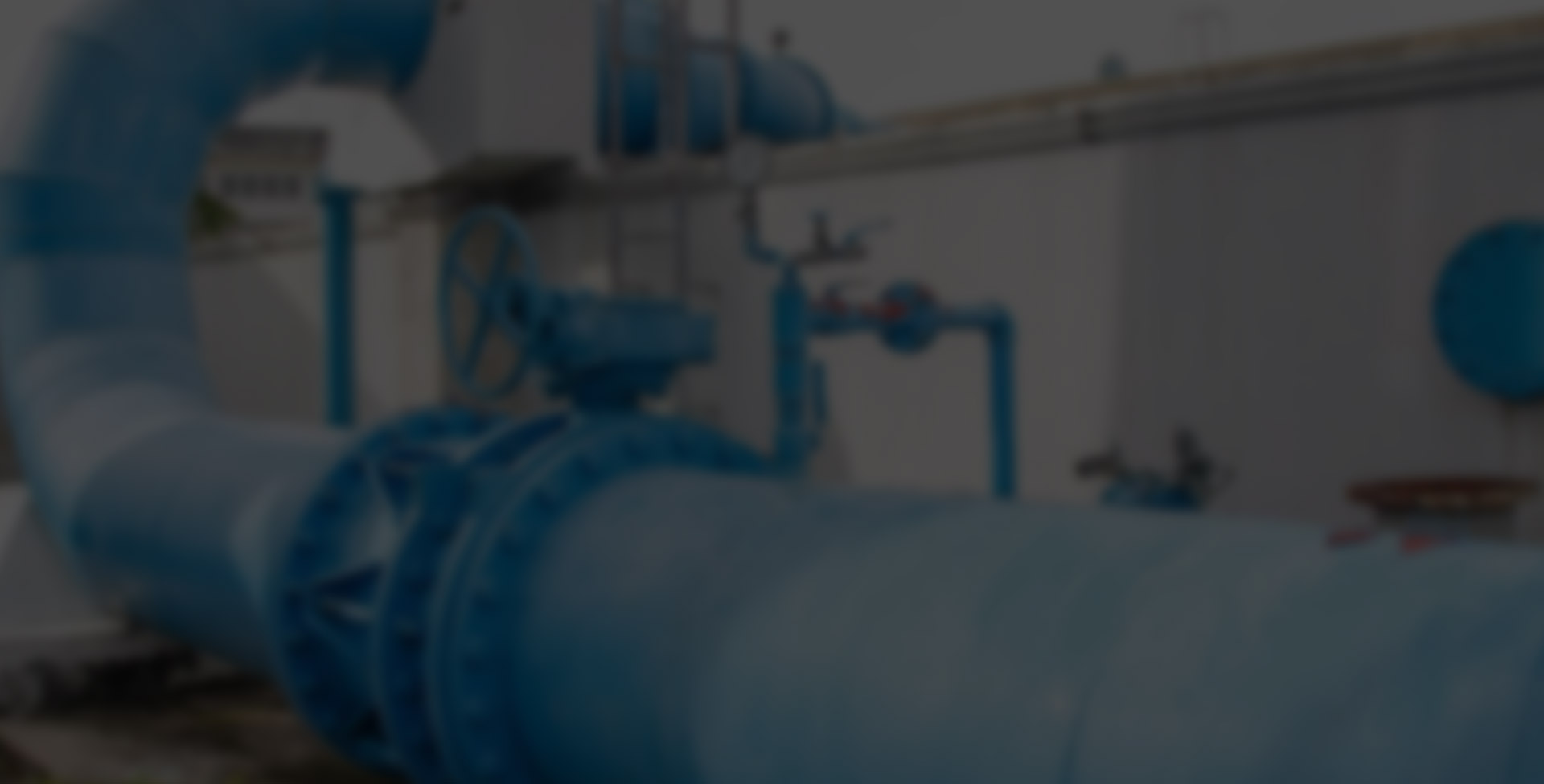 Back
Back






Add:2018-06-04Read:678
Valves suitable for medium temperature -40 ~ -196 C are called cryogenic valves. Cryogenic valves include cryogenic ball valves, Cryogenic Gate valves, Cryogenic Globe valves, cryogenic safety valves, cryogenic check valves, cryogenic butterfly valves, cryogenic needle valves, cryogenic throttle valves, cryogenic pressure relief valves, etc. They are mainly used in ethylene, liquefied natural gas installations, natural gas LPG LNG tanks, receiving bases and satellite stations, air separation equipment, petrochemical tails, etc. Gas separation equipment, liquid oxygen, liquid nitrogen, liquid argon, carbon dioxide cryogenic tank and tank car, pressure swing adsorption oxygen production equipment. Output of liquid cryogenic media such as ethylene, liquid oxygen, liquid hydrogen, liquefied natural gas, liquefied petroleum products, not only flammable and explosive, but also to gasify at elevated temperature, gasification, volume expansion hundreds of times. The application of cryogenic valve controls the temperature and prevents explosion, leakage and other hidden dangers.
Typical cryogenic valve structure: commonly used cryogenic valves are Cryogenic Gate valves, Cryogenic Globe valves, cryogenic check valves, cryogenic ball valves, cryogenic butterfly valves and so on. The middle pressure chamber of the cryogenic valve and the cryogenic ball valve is provided with a pressure relief hole between the gate and the ball. All cryogenic valves are unidirectional sealed and are cast or marked on the valve body.
1. Minimum Wall Thickness: The "Minimum Break Thickness" of the body, cover, etc. of cryogenic valves does not accept the wall thickness specified in ASMEB16.34. The minimum wall thickness of the gate valve shall not be less than API 600, the minimum wall thickness of the globe valve shall not be less than BS 1873, the minimum wall thickness of the check valve shall not be less than the minimum wall thickness of BS 1868, and the diameter of the stem shall meet the requirements of API 600 or BS 1873.
2. Seat: The sealing pair of the cryogenic valve product can be designed as metal-PTFE soft seal or metal-metal hard seal according to the working temperature and nominal pressure of the medium, but PTFE is only suitable for medium working temperature higher than - 73', because PTFE will become brittle at too low temperature. At the same time, PTFE should not be used for pressure class greater than or equal to CL1500, because when the pressure exceeds CL1500, PTFE will produce "cold flow", affecting the valve sealing. Hard-sealed low-temperature gate valves, check valves, globe valves seat directly on the valve body surfacing Co-Cr-W cemented carbide. The valve seat and the valve body are integrated to prevent leakage caused by low temperature deformation of the valve seat and ensure the reliability of the seal between the valve seat and the valve body.
3. Antistatic: When used in flammable and explosive low-temperature medium, if the valve filler or gasket and seal for PTFE and other insulation materials, the valve will produce static electricity when opening and closing, and static electricity for flammable and explosive low-temperature medium is very terrible, therefore, the valve should be designed anti-static device.